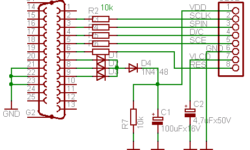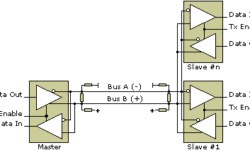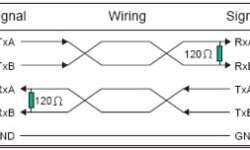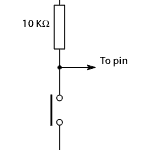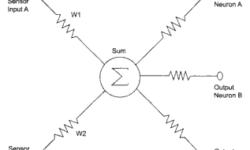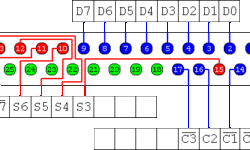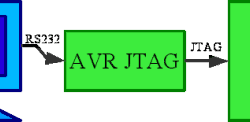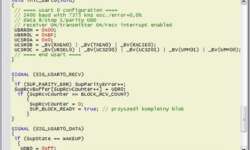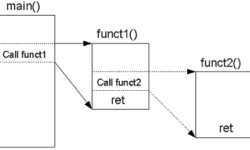
Multimedia cards are popular around us. There are well known Compact Flash, CD, MMC Memory Stick. Usually, when you make a new design with external memory, you consider EEPROM or Flash ICs with some capacities with up to a few Mb. But why limit yourself? Because in some cases, it is smarter to add a multimedia card socket and use any capacity (even a few Gb) multimedia cards in your projects. Using removable storage cards you get few advantages: You can share data from your card with any device that has a reader; You can have any size of storage memory; Easier to get one than specific IC; Cost-effective; I really like Using multimedia cards because you can get huge amounts of storage of price small EEPROM or Flash IC. They are cheap because of mass production. They are available everywhere: digital cameras, Mobile phones, personal players, etc. Another advantage is that you can store data in a format that the PC understands. This way, it is easy to collect data for later analysis using PC software.
Continue reading
